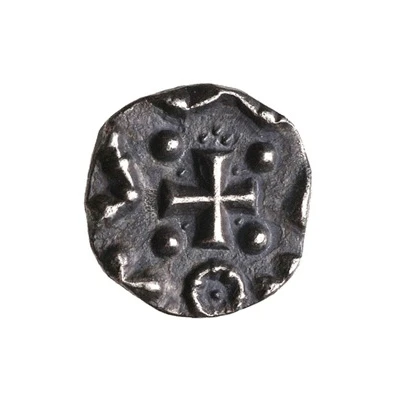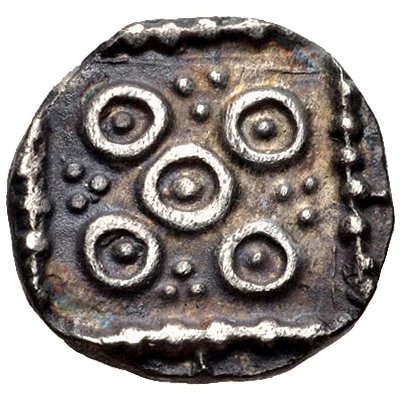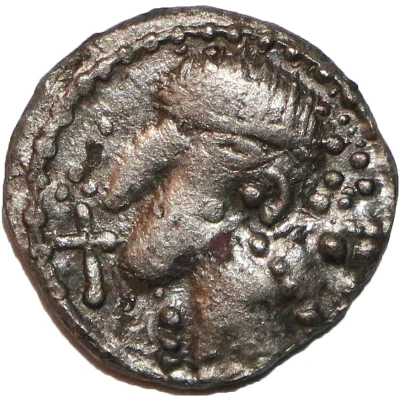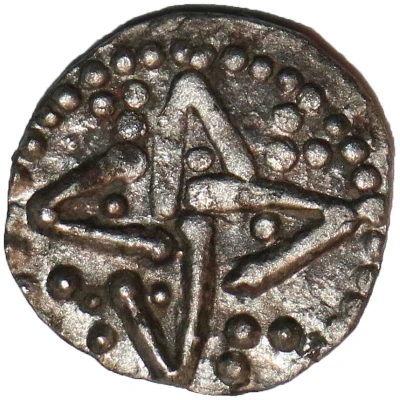


© Classical Numismatic Group, Inc.
Sceat Series D
| Silver | 1.21 g | 11 mm |
| Issuer | Frisia (Kingdoms of British Isles and Frisia) |
|---|---|
| Type | Standard circulation coin |
| Years | 695-740 |
| Value | 1 Sceat |
| Composition | Silver |
| Weight | 1.21 g |
| Diameter | 11 mm |
| Shape | Round (irregular) |
| Technique | Hammered |
| Demonetized | Yes |
| Updated | 2024-10-09 |
| Numista | N#112084 |
|---|---|
| Rarity index | 100% |
Reverse
Cross pommée, pellets in angles; rosette below, blundered legend around.
Comment
These sceattas are thought to emanate from the former Rhine mouth area, Frisia, particularly the emporia of Domburg and Dorestad.They also circulated in early Anglo-Saxon Britain and the primary catalogue reference is from the Spink Standard Catalogue of British Coins.
Spink Early Anglo-Saxon, Section C: Continental issue Sceattas (c.695-c.740), Series D, Type 2c, Varieties exist.
Interesting fact
One interesting fact about the Standard circulation coin Sceat (Series D) (695-740) from Frisia (Kingdoms of British Isles and Frisia) made of Silver weighing 1.21 g is that it features a unique blend of Christian and pagan elements in its design. The obverse side of the coin depicts a cross, which symbolizes the Christian faith, while the reverse side features a image of a pagan deity, possibly Woden or Thor, reflecting the cultural influences of the time. This blending of religious symbols highlights the complex religious landscape of the region during the 7th to 8th centuries and offers a fascinating insight into the cultural exchange and syncretism of the period.



